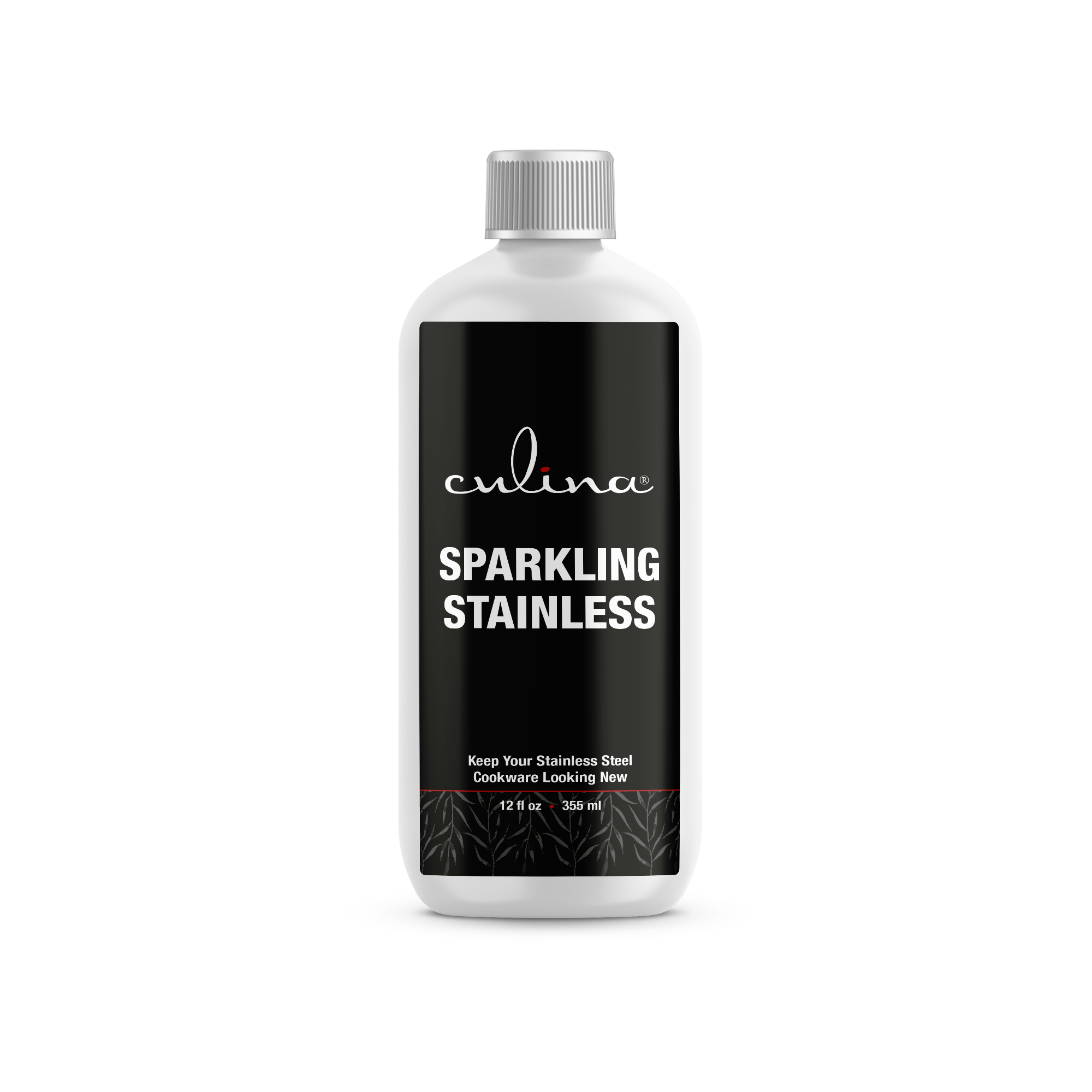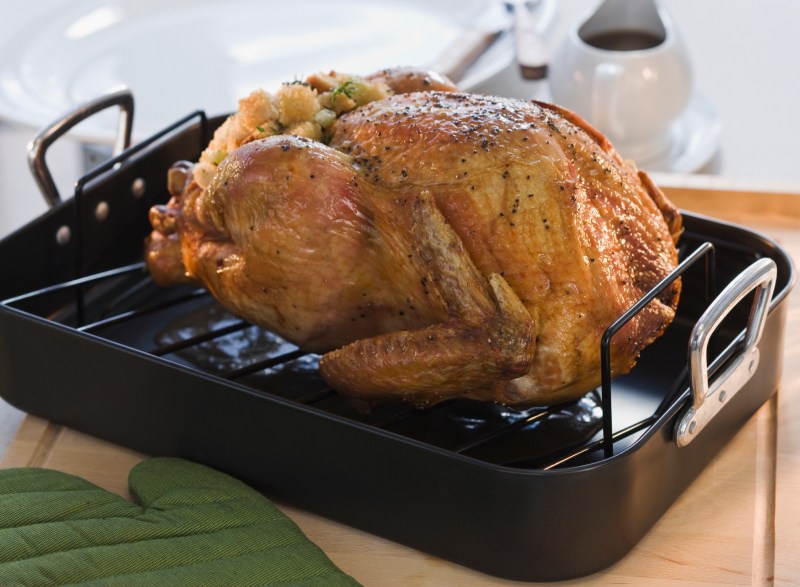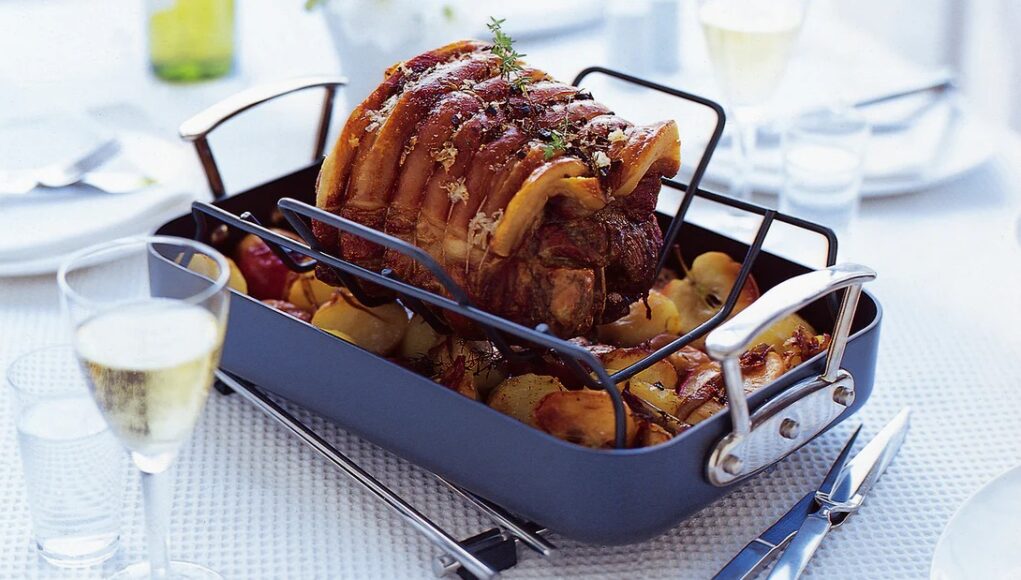
Introduction to Roasting Cast Iron Pans
A roasting cast iron pan is a kitchen staple that many cooking enthusiasts cherish. Its robust build, coupled with its exceptional heat retention properties, makes it a must-have for anyone serious about their culinary skills. Whether you’re a novice cook or a seasoned chef, understanding the virtues of a roasting cast iron pan can transform your cooking experience.

Why Use a Roasting Cast Iron Pan?
One of the primary reasons for the popularity of roasting cast iron pans is their versatility. These pans are ideal for searing, frying, baking, and, of course, roasting. The unique material composition of cast iron ensures even heat distribution, which is critical for achieving perfectly cooked meals.
Enhanced Flavor Profiles
When you use a roasting cast iron pan, flavors are intensified. This pan allows food to caramelize beautifully, adding depth and complexity to your dishes. From juicy roasts to tender vegetables, a cast iron pan elevates the taste of your food.
Durability and Longevity
Cast iron is remarkably durable. With proper care, a roasting cast iron pan can last for generations. It’s not uncommon to see cast iron pans being passed down as heirlooms within families.
For tips on maintaining the longevity of your cookware, you might find how long a rotisserie chicken stay in the fridge useful.

Proper Care and Maintenance
Caring for your roasting cast iron pan can seem daunting, but it’s quite straightforward. The key is seasoning, which creates a non-stick surface and prevents rusting. Regular maintenance involves cleaning the pan with hot water and a brush and drying it thoroughly before applying a thin layer of oil.
Seasoning Your Pan
Seasoning involves coating your cast iron pan with oil and heating it. This process creates a protective layer that enhances the pan’s non-stick capabilities. Re-season your pan periodically to maintain its performance.
Essential Uses in the Kitchen
Roasting Meats
A roasting cast iron pan is perfect for roasting meats. Its heat retention properties ensure that your meat cooks evenly, resulting in a succulent and flavorful roast. If you’re a fan of roasted chicken, check out what to do with rotisserie chicken for creative ideas.
Searing and Browning
The high heat capacity of cast iron makes it excellent for searing and browning. This is particularly useful when you want to lock in the juices and flavor of your meat before finishing it in the oven.
Vegetable Dishes
Don’t limit your roasting cast iron pan to just meats. It’s also fantastic for roasting vegetables. The pan’s even heat distribution ensures that your vegetables are cooked to perfection, with a delightful caramelized exterior.
For more tips on cooking with cast iron, consider reading this detailed guide.
Advantages Over Other Cookware
Comparing roasting cast iron pans to other types of cookware, it’s clear that cast iron offers several distinct benefits:
Versatility
Unlike other pans, a roasting cast iron pan can be used on various heat sources, including induction, gas, and even campfires. This versatility makes it an indispensable tool in any kitchen.
Heat Retention and Distribution
Cast iron’s superior heat retention and distribution make it ideal for cooking dishes that require consistent heat. This quality ensures that your food cooks evenly and thoroughly.
Cost-Effectiveness
While a good-quality cast iron pan may seem expensive initially, its longevity makes it a cost-effective investment. Unlike other cookware that may need frequent replacement, a well-maintained cast iron pan can last a lifetime.
Common Misconceptions
Too Heavy to Handle
Some people believe that cast iron pans are too heavy to handle comfortably. While it’s true that they are heavier than other types of pans, their weight contributes to their durability and heat retention capabilities.
Difficult to Clean
Another common misconception is that cast iron pans are difficult to clean. In reality, cleaning a roasting cast iron pan is simple if you follow the right steps. Avoid using soap; instead, clean it with hot water and a brush, then dry it thoroughly.
Recipes to Try in Your Roasting Cast Iron Pan
Classic Roast Chicken
One of the best dishes to make in a roasting cast iron pan is a classic roast chicken. The pan’s even heat distribution ensures that your chicken is cooked to perfection, with a crispy skin and juicy meat.
For more tips on preparing chicken dishes, you might find how to shred a rotisserie chicken helpful.
Sauted Vegetables
Use your roasting cast iron pan to saut a medley of vegetables. The high heat caramelizes the sugars in the vegetables, enhancing their natural flavors.
Seared Steak
A cast iron pan is perfect for searing steak. The high heat ensures a beautiful crust forms on the outside while keeping the inside tender and juicy.
For more culinary inspiration, read this article.
Conclusion
Understanding what is a roasting cast iron pan and its numerous benefits can significantly enhance your cooking journey. From its exceptional heat retention and distribution to its versatility and durability, a cast iron pan is a valuable addition to any kitchen. Whether you’re roasting meats, searing steaks, or sauting vegetables, this pan offers tremendous capabilities. With proper care and maintenance, your cast iron pan can remain a reliable kitchen companion for years to come.
FAQs
Are roasting cast iron pans oven-safe?
Yes, roasting cast iron pans are generally oven-safe. Their robust construction and heat retention properties make them ideal for oven use.
How do you clean a roasting cast iron pan?
Clean your roasting cast iron pan with hot water and a brush. Avoid using soap, as it can strip the seasoning. Dry the pan thoroughly and apply a thin layer of oil to prevent rusting.
Can I use a roasting cast iron pan on an induction stove?
Yes, cast iron is compatible with induction stoves. Its magnetic properties allow it to work efficiently on induction cooktops.
As an Amazon Associate, I earn from qualifying purchases.









